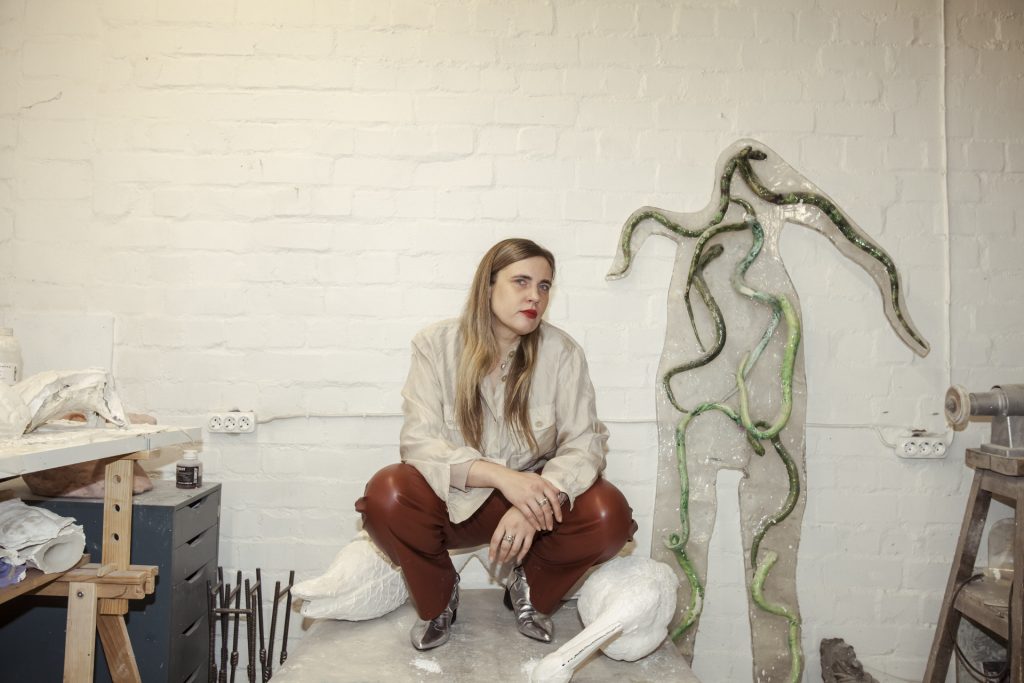
Hosted in the Church of Santa Maria delle Penitenti, Estonian national participation in the 2024 Art Biennale recreates an atmosphere between night and day: just before dawn, art explains to us where things are born and transformed.
The 14th participation of Estonia in the Art Biennale is promoted by the Estonian Centre for Contemporary Art and supported by the Minister of Culture, featuring the artist Edith Karlson with the highly evocative project Hora lupi. The title refers to the mythical moment preceding dawn, when things are born and disappear: an hour of deep darkness but also of transformation. It is believed to be the time of night when the greatest number of people are born and die. Hosted in the Church of Santa Maria delle Penitenti, dating back to the 18th century, the exhibition focuses on a vast series of sculptures reproducing clay self-portraits handmade by the people involved in the project. Children and the elderly, government officials and common workers make up a gallery of contemporary faces along the perimeter of the Church, inspired by the 14th-century terracotta sculptures of the church of St. John in Tartu, Estonia, which likely depicted citizens of the time.
The central spaces are instead occupied by animal forms and anthropomorphic figures of various sizes, offering an existential and emotional narrative of the animal nature of humans. Karlson describes how the sincerity and candor of instinct can sometimes take on a brutal and violent form, but also poetic and vaguely ridiculous, yet still sweet and melancholic at times. His works address the most inexplicable feelings and sensations of our contemporary world: fear, melancholy, brutality, and joy, also questioning the possibility of redemption in a world that is never worthy of it.